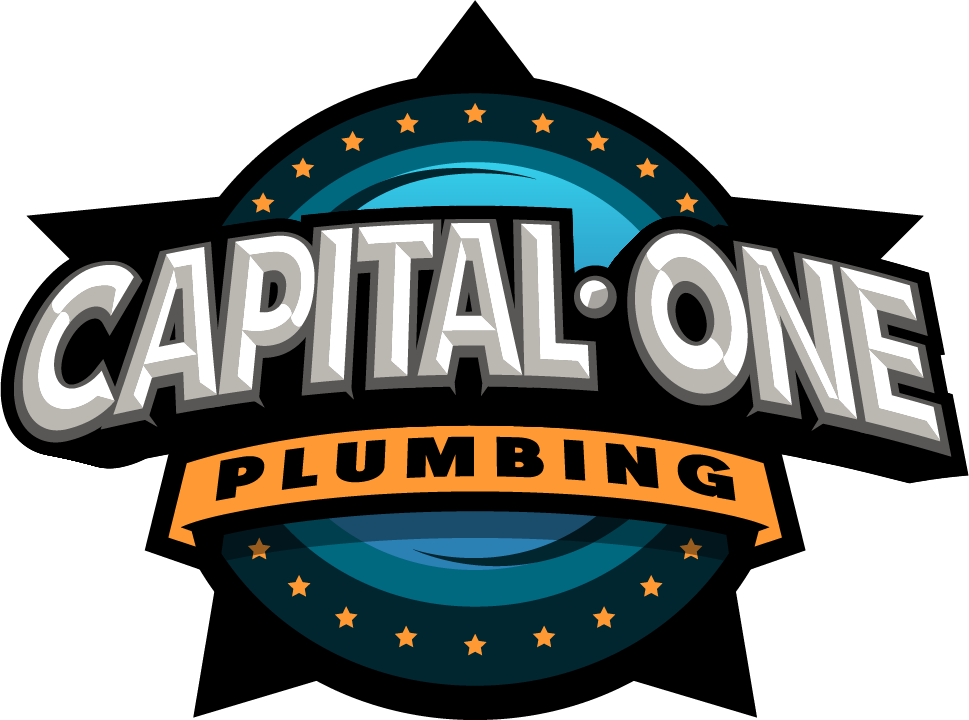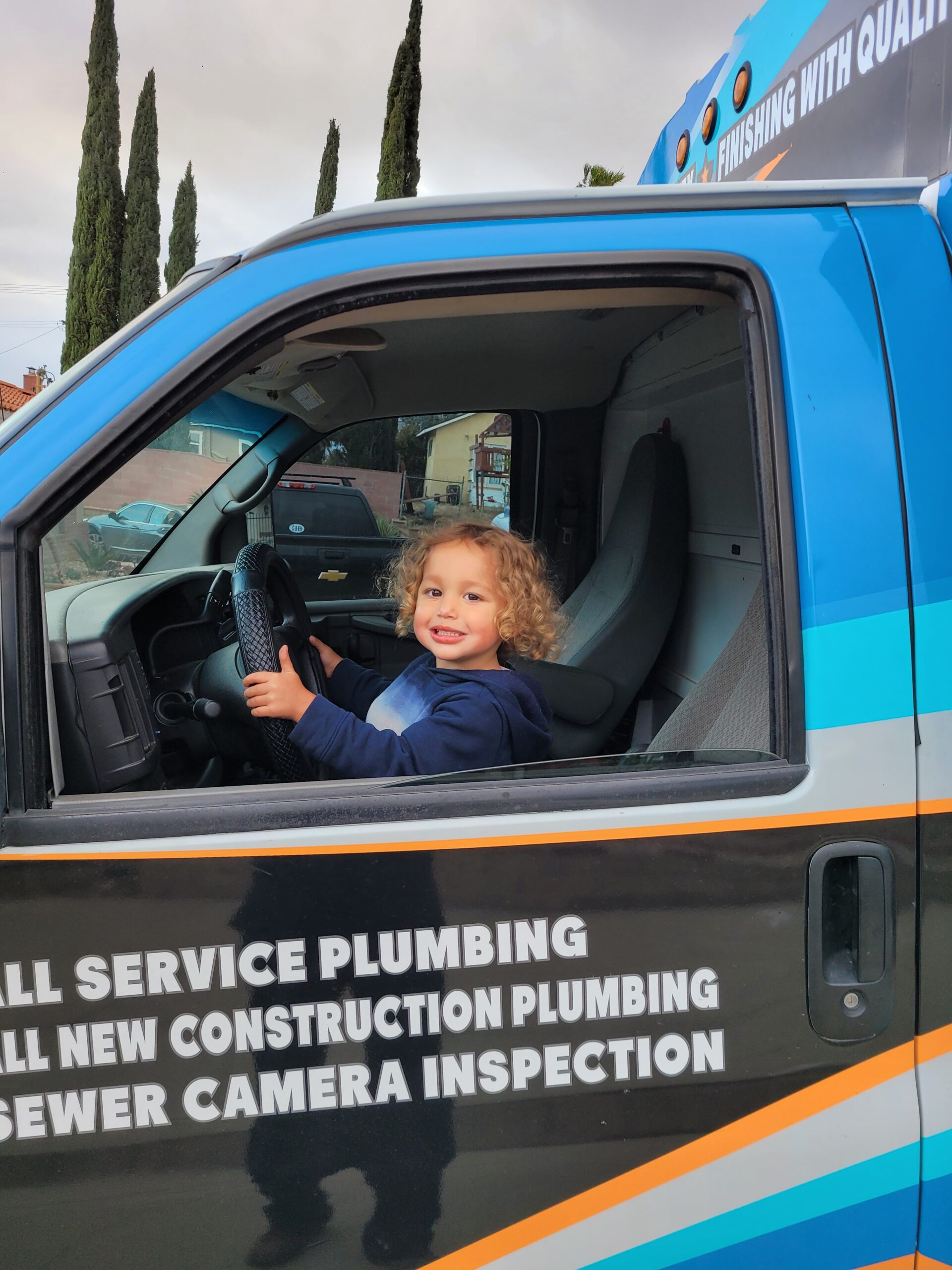1. Introduction to Water Line Repairs
Importance of a Well-Functioning Water Line System
Water lines are essential for delivering clean water to homes and businesses. A properly maintained system ensures consistent water pressure and quality, while neglected lines can lead to serious issues like leaks, contamination, and property damage.
Common Causes of Water Line Damage
Water lines can suffer damage from various factors, including age, environmental conditions, and external interference. Common causes include:
- Corrosion: Over time, pipes made from metal materials can rust and degrade.
- Tree Root Intrusion: Roots seeking moisture can penetrate and damage water lines.
- Ground Shifts: Soil erosion and natural ground movement can displace or crack pipes.
- Extreme Weather: Freezing temperatures can cause pipes to burst.
Potential Risks of Ignoring Water Line Issues
Delaying water line repairs can lead to costly and dangerous consequences:
- Structural Damage: Persistent leaks can weaken foundations and walls.
- Water Contamination: Cracked lines may allow contaminants to enter the water supply.
- Increased Utility Bills: Undetected leaks lead to higher water usage and inflated costs.
2. Signs You Need Water Line Repairs
Low Water Pressure
A sudden drop in water pressure often indicates a leak or blockage in the water line.
Discolored or Murky Water
Rusty or brown water suggests pipe corrosion or sediment buildup inside the line.
Unexplained Increase in Water Bills
A spike in water costs without increased usage usually signals an undetected leak.
Wet Spots or Puddles in the Yard
Unexpected pooling of water on your property can indicate an underground pipe break.
Strange Noises from Pipes
Banging, whistling, or gurgling sounds may result from air pockets or pressure issues in the water line.
3. Common Water Line Problems
Pipe Corrosion and Deterioration
Older pipes made of galvanized steel or iron are prone to rust and weakening over time.
Cracks, Leaks, and Breaks in the Line
Physical damage from ground movement or freezing temperatures can cause pipes to crack or burst.
Tree Root Intrusions
Roots can wrap around or grow into water lines, causing blockages or breaks.
Shifts in the Ground or Soil Erosion
Changes in the soil’s position can displace or stress water lines, leading to misalignments or fractures.
Poor Installation or Aging Infrastructure
Improperly installed pipes or aging systems are more susceptible to failures and leaks.
4. Water Line Repair Methods
Leak Detection and Patching
Professionals use advanced tools like acoustic sensors and infrared cameras to locate leaks and apply targeted patches.
Pipe Replacement for Severe Damage
When pipes are extensively corroded or damaged, replacing sections or the entire line ensures long-term performance.
Trenchless Water Line Repairs
This minimally invasive method uses pipe bursting or relining techniques to repair underground pipes without extensive digging.
Pipe Relining and Epoxy Coating
A flexible liner coated with epoxy is inserted into the damaged pipe, sealing cracks and preventing future leaks.
Joint and Fitting Tightening
Loose connections can often be resolved by tightening or replacing pipe joints and fittings.
5. Cost of Water Line Repairs
Factors Influencing Repair Costs
- Extent of Damage: Minor leaks cost less than full replacements.
- Location: Repairs for underground or hard-to-access lines incur higher labor fees.
- Repair Method: Trenchless repairs can be more cost-effective than traditional digging.
Average Costs by Repair Type
- Leak Patching: $150–$600
- Pipe Replacement: $1,000–$4,000
- Trenchless Repair: $2,000–$6,000
Saving Money with Preventive Maintenance
Regular inspections and timely minor repairs prevent costly emergency interventions.
6. DIY vs. Professional Water Line Repairs
Risks of DIY Water Line Work
Without proper tools and expertise, DIY repairs can lead to further damage, code violations, and safety hazards.
Benefits of Hiring a Licensed Plumber
Professionals provide accurate diagnostics, durable repairs, and compliance with local plumbing codes.
How to Choose a Reliable Water Line Repair Service
- Verify Credentials: Ensure the plumber is licensed and insured.
- Check Reviews: Look for consistent positive feedback.
- Request Detailed Estimates: Compare costs and scope of work from multiple providers.
7. Preventing Water Line Issues
Routine Inspections and Maintenance
Annual inspections detect potential issues before they escalate.
Proper Installation and Quality Materials
Using high-quality pipes and professional installation minimizes future problems.
Monitoring for Early Warning Signs
Staying vigilant for pressure changes, water discoloration, and unexpected bills helps catch issues early.
8. Emergency Response for Water Line Breaks
Steps to Take if You Suspect a Major Leak
- Turn off the main water supply.
- Avoid using electrical appliances near water.
- Contact a professional plumber immediately.
Shutting Off the Main Water Supply
Locate the shutoff valve and turn it clockwise to prevent further water damage.
When to Call for Emergency Plumbing Services
Severe leaks, flooding, or loss of water pressure require immediate professional intervention.
9. Conclusion
Timely water line repairs ensure the safety, efficiency, and longevity of your plumbing system. Understanding common issues, recognizing warning signs, and investing in preventive maintenance helps avoid costly emergencies. Prioritizing professional services guarantees durable repairs and peace of mind.

